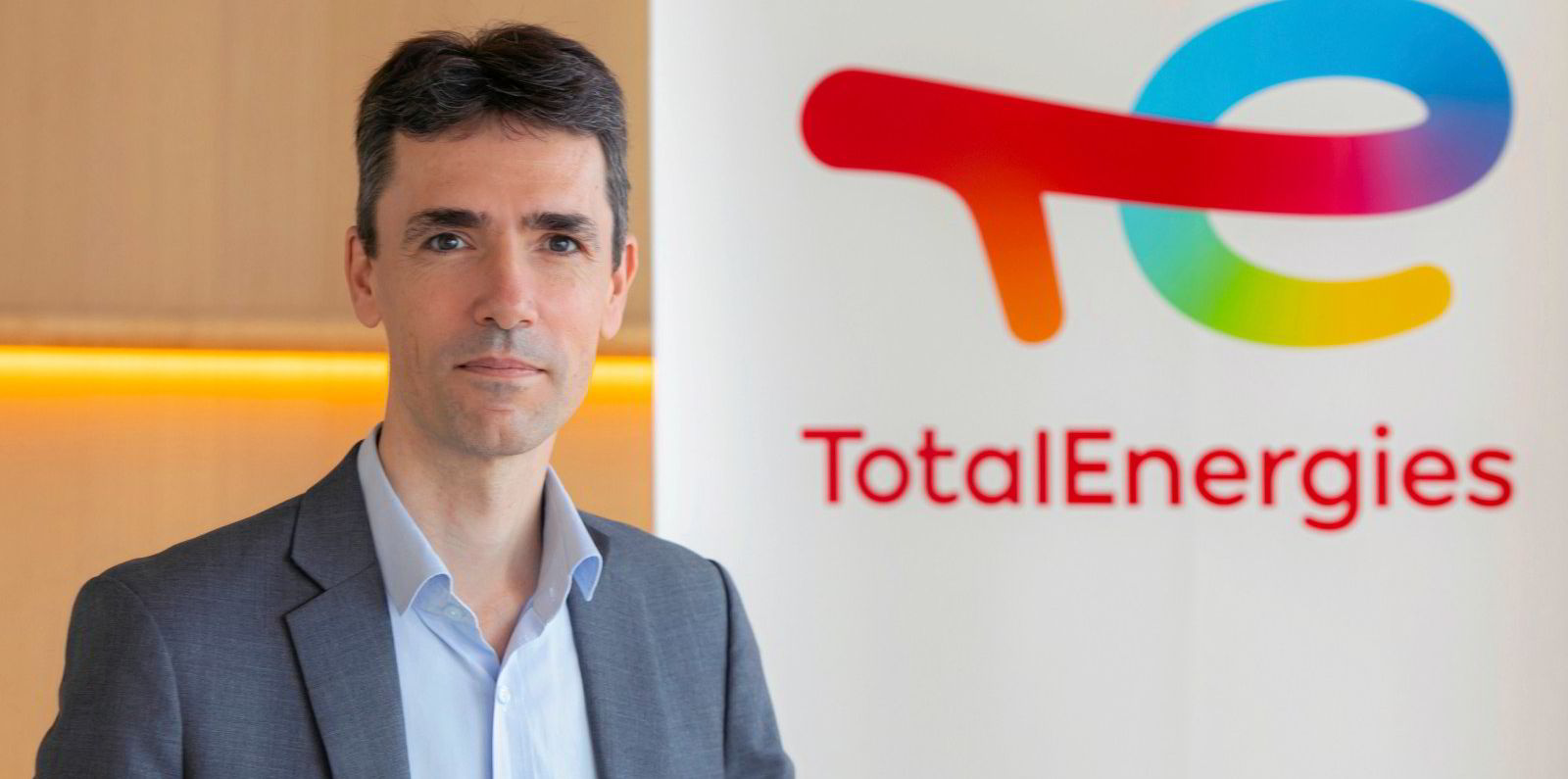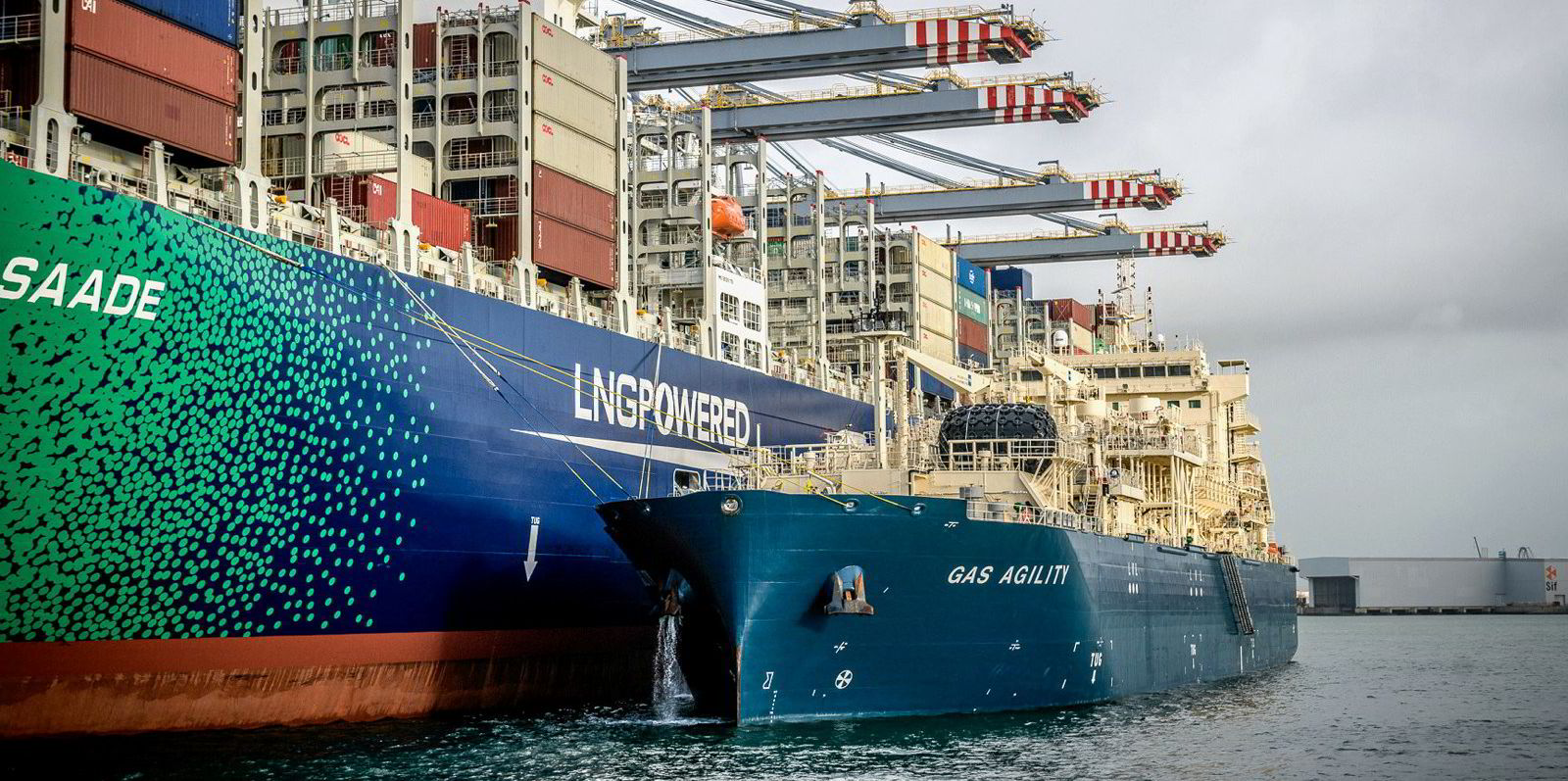LNG bunker suppliers are noticing an increase in interest for supplies of physical bio-LNG.
TotalEnergies Marine Fuels (TMF) managing director Jerome Leprince-Ringuet told TradeWinds in February that it had been supplying bio-LNG as certified volumes but it will probably bring physical liquefied supply into its portfolio on the back of customer demand.
Dutch marine fuel supplier Titan LNG now has seven people working on bio-LNG supply.
Bio-LNG is simply biogas — the emissions captured from plant, animal, household and industrial waste residues — that has been converted to bio-methane by removing the CO2 and trace gases and then liquefied for supply in larger volumes.
There have been some paper trade-type sales, in which shipowners buy certificates of origin of bio-LNG to offset the carbon emissions of their bunkers.
But now companies such as TMF and Titan say owners want the real thing.
Titan commercial manager Michael Schaap said his company is trying to aggregate some of the green gas production in Europe, liquefy this and supply it to markets, including shipping, for drop-in volumes.
“The most common question we get right now is not about [LNG] availability, it is about bio-LNG availability and how we can bring this to the market,” Schaap said. “Everybody is asking for bio.”
Titan is moving a step back into the value chain and taking control of production.
From 2025, Schaap expects much more availability of bio-LNG in Europe. But he said there is also good availability of feedstock in the US too.
Other consultants are less bullish on the ease and potential for scaling it up.
They point to bio-LNG’s price premium, which may not appear quite so dramatic in the current high-priced natural gas markets, but will be a factor for buyers.
One questioned the energy intensity of producing bio-LNG, describing the final cost as “mind-blowing” and adding that while it is good environmentally, those investing in it are “on a fool’s errand”.
But Schaap said that using 10% to 20% of carbon-neutral bio-LNG as drop-in volumes in normal LNG streams will help cut CO2 emissions by a minimum of 25% over other fuels.
He said shipowners cannot simply order conventional tonnage any more, because it is not a “good story” for their customers.
LNG as a fuel can provide a pathway, Schaap said, as the inclusion of bio-LNG and later synthetic or e-LNG reduces the risk of a stranded asset.
“We see some significant interest in sourcing bio-LNG in the long term to allow them [customers] to continue to run their sustainability agenda because it is a very efficient way to quickly decarbonise,” he said.






